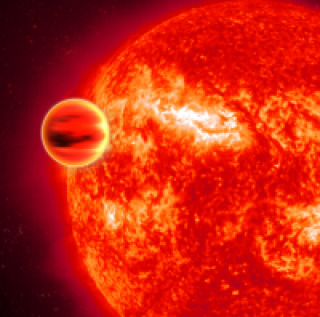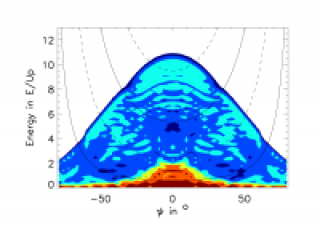The AMOPP group has a number of theoretical research programs including:
- Theoretical molecular physics (Prof Jonathan Tennyson)
- Ultracold molecules and collisions (Prof Jonathan Tennyson)
- Atoms and molecules in intense laser fields (Dr Carla Figueira de Morisson Faria and Prof Jonathan Tennyson)
Please read below for more details.
Theoretical molecular physics
The molecular theory group develops methods based on first principles quantum mechanics for studying the structure, spectra and collision properties of molecules. Research in the group is a mixture of studying fundamental problems such as ultra cold molecular collisions and electron and positron molecule collisions, and application of theoretical methods to key areas such as astrophysics and atmospheric physics, where as part of the CAVIAR consortium we are trying to determine the physical basis of the so-called water continuum.

The molecular theory group also works alongside the Quantemol company producing software model electron polyatomic molecule interactions for a variety of applications including plasma physics.
Ultracold molecules and collisions
The formation of ultracold molecules is a new and rapidly developing area in the physics of quantum degenerate gases. The aim of our research is to theoretically understand the dynamics of the association of molecules and its interplay with the bulk motion in trapped Bose-Einstein condensates and quantum degenerate two component Fermi gases. The applications of our research are far reaching; they range from precise studies of two- and few-body ultracold collisions to the many-body physics of Cooper pairing of Fermions.
Our ongoing research includes topics such as:
- Molecular formation via magnetic field tunable interatomic interactions as well as photoassociation
- The description of atom-molecule coherence phenomena in Bose-Einstein condensates.
- The development of practical methods to describe Feshbach resonance enhanced diatomic collisions as well as two- and three-body bound states in the tight microtraps of optical lattices.
Atoms and molecules in intense laser fields

 Close
Close

